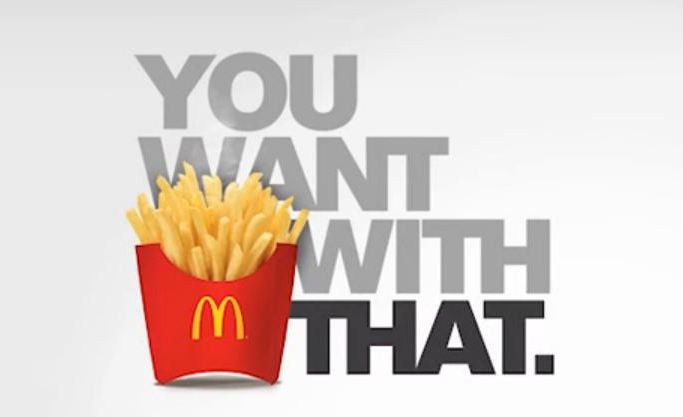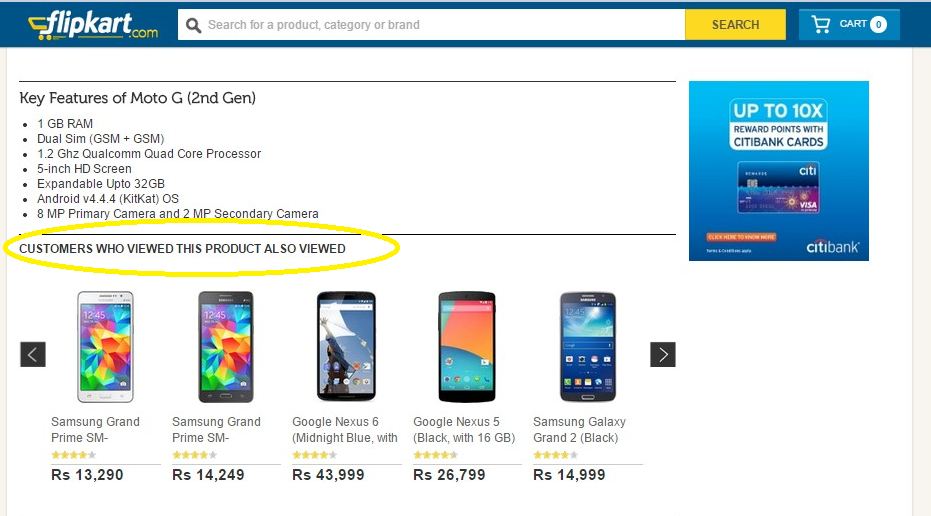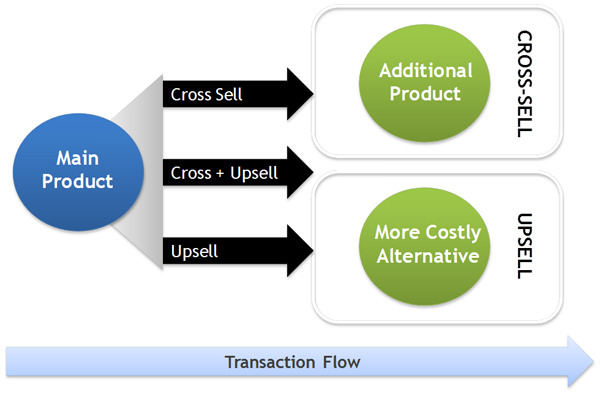
Upselling and cross selling is a business practice in retail, hotel, bank, marketing and other industries to introduce customers to a better or complimentary products once they have decided to make a purchase of an item they are interested in. This methodology is routinely implemented by offline retailers (Would you like a coke to go with your burger; Are you planning to buy a standard version of this car? However, we are running a 5% discount on the AC version of it and giving away a lucky draw coupon with an assured gift as well.) This practice turns out well for both the customer and the seller as well.
Let’s have a look in this post as to why product upsells and cross sells are important, what should be offered and how it should be done?
What is upselling and cross selling?
Both these terms are routinely confused and misused in place of each other. Before going ahead let’s take a look and understand the difference between upselling and cross selling.
Upselling : Upselling is the practice of making customers spend more on a product than they initially intended to. This is done by either providing better (expensive) options of the product in question. For example, refer image below, a customer interested in purchasing a particular mobile is shown smart phones which other customers considered while shortlisting the same model. Note that the prices are on a higher side. In short the customer is motivated to spend more for a same requirement.

Cross selling : Cross selling on the other hand is an art of suggesting a customer, products related to the one for which purchase is already in progress. For the similar scenario above, refer the image below. The e-retailer is suggesting recommended combos and other accessories which go along with the mobile phone. The benefit here is that the shopper need not browse away from the main page and are automatically suggested accessories which they might not have thought of initially. The target here is to satisfy a client’s need and make the purchase experience as good as possible together with making some extra money. In short the client is motivated to spend on items that might be required later to get a complete experience of the product in question.

Why upselling and cross selling is important?
Unlike a physical sale where a retailer is present to help a customer pick a product of their choice, online retailing completely depends upon the fancy of a customer. They can anytime close the website or move to a competitor’s website. Hence retailers should make a conscious effort to guide the buyer accordingly during their purchase cycle. Up-selling and cross selling leads to improved revenue from a single customer. However, this is not just one sided. A customer benefits with better user experience. Additionally, an effective upsell or cross sell strategy will mean that the customer will have all the pieces ready before a product is used. Most of the times this can lead to improved favorable feedback's from a client.
Also read : Why Every Retailer Should Track Competitors' Price
Which one is good : up-selling or cross-selling?
It really depends on where a customer is in the purchase cycle. Upsell works best if a customer is still making a choice of a product to buy. According to some research upsell works best on the product pages itself. Naturally, a buyer should not be inundated with upselling ideas. An upsell should be a gentle nudge never a vexation.
Cross-selling on the other hand works best on the checkout phase. At this stage a customer has already taken an action regarding a purchase and will be ready to accept ideas as to how to get best of this purchase. A good example can be offering batteries to a customer buying a digital camera.
Let’s have a look at few checkpoints before you decide on an upsell or a cross sell.
Upsell or cross-sell checkpoints

Here are the 5 tips to help you in your efforts to upsell and cross-sell and increase revenue
a. Choose correct complementary products
You cannot upsell an already best-selling product. Hence, make a list of all your popular products on your site. Combine them with some logical upsell or a cross sell products. Note, that here motive should not only be to get a bigger cart size. Instead, you should focus on customer service and customer delight.
Always consider what will make a logical choice for a customer buying a specific product. A poor choice of product will lead to lesser conversion and you lose a chance of repeat purchase from that customer leading to low or reduced revenue. Also it is important to note that any cross-sell should not take the customer away from the main page. A customer should be able to add a product into a cart from the same page. Allowing a customer to move away from the original page may lead to customers losing interest in the original item. Additionally, the cross sell item must be known to the customer otherwise it will result in lesser conversions.
b. Track progress
If possible all upsells and cross sells must be tracked. This will provide valuable information about your cross sell and upsell efforts. This will also help you gauge the “Return on Investment” of your effort. Similar to any other business decision, if the results are not as expected, an upsell or cross-sell offer must be suitably modified.
It also helps if all the purchases are tracked. Bundled purchases can be analyzed to understand the trend and cross-sell options provided to a client. In case of upsell it’s mostly important not to increase the deal value to a very large size. Some research suggests that it should not be increased by more than 25% of the original value.
c. Don’t overdo
As mentioned earlier getting a bigger cart value should not be the only motive. Neither should it be obvious to a customer that he is being played into. The focus must be providing customer delight. This will ensure repeat purchase and more chances of upsell and cross sell to the same customer. Ideally an upsell or a cross sell page should appear only at the bottom of the page. Additionally, a deal must not be accessorized unless the customer decides to make the purchase.
d. Price checkpoints
An upsell product can be costlier than the original product. In case a value add is being added then it can be of lesser price but then overall the cart value will be more that the original product. However, in a cross-sell, the product pricing is always lower than the original product. Additionally, images also play an important role. In case of a cross sell the images should be smaller than that of the original product.
e. Analyze existing sales
Tracking sale of every item is equally important. Bundled purchases can be tracked and analyzed and if a trend is established can be offered as a standard cross sell or an upsell offer.
Finally, as mentioned above, focus should be on the customer and not merely getting a larger cart value from a single customer. Offering customers seemingly random products will lead to more customer confusion and higher cart abandonment rates. Hence, cross sell and upsell techniques must be used judiciously and their performance evaluated continuously to provide more value to customers. Happy selling!!